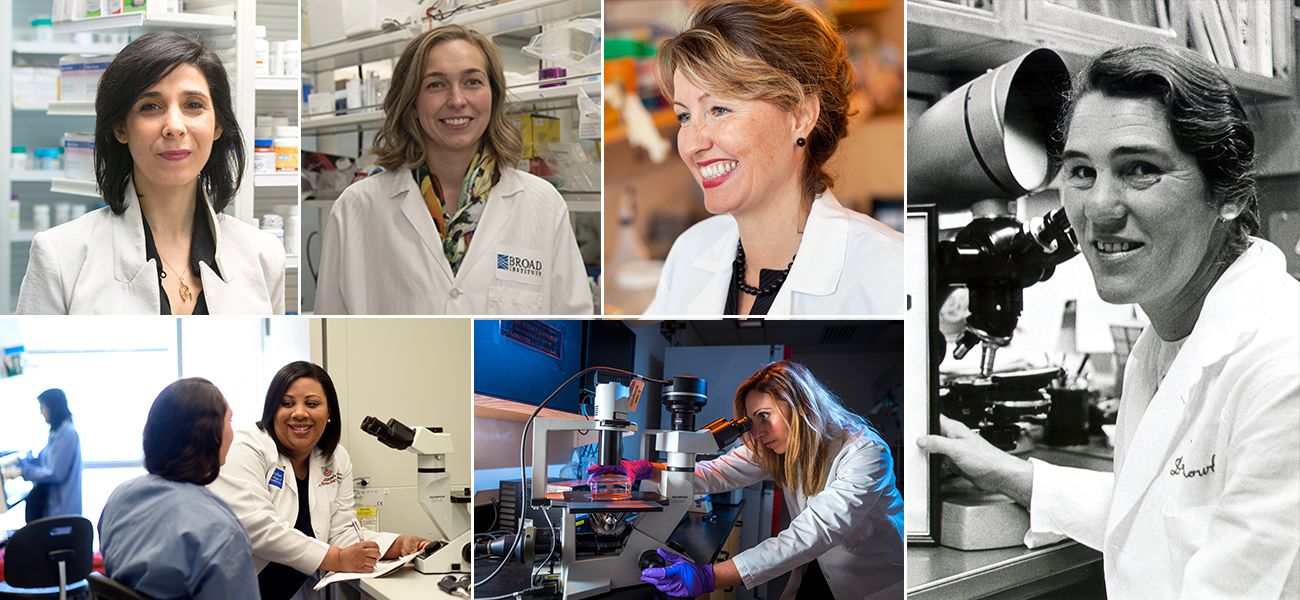One major factor is the significant gender inequity that exists in the recruitment, promotion and retention of female faculty and staff scientists

In the 1980s when I was a medical resident at the University of Chicago, I was among the largest class of females the program ever had. My female peers and I faced many challenges, including overcrowded on-call rooms. They simply weren’t ready yet. But, we were.
Thirty years later, it’s quite different. Today, women make up 50 percent of medical school applicants. But, the paradox is this: while women are pursuing science, they are not attaining the highest levels of leadership at the same pace as men.
As part of our efforts at The Leukemia & Lymphoma Society (LLS) to encourage more females to join the ranks of cancer researchers and physicians, we commissioned a survey of 1,000 Americans to learn their views of women’s role in cancer research.
The consensus was clear: we need to elevate women in the sciences. For example, eight in 10 adults polled believe women are critical to science discoveries, and seven in 10 adults believe more women should have leadership roles in science. As well, nearly 70 percent of American men and women surveyed, and 80 percent of women polled, believe the time is now for women to break the glass ceiling in science.
At LLS, we fund leading women scientists who are assuming pivotal roles in advances that are dramatically improving outcomes for patients with blood cancers. These women have shared firsthand perspectives on the challenges they have faced as women in science.
One of these leading female scientists is Ann Mullally, an assistant professor of medicine at Harvard Medical School. Mullally leads a research laboratory at Brigham and Women’s Hospital, where her team investigates the biology and treatment of blood cancers. When asked about obstacles women face in science she says: “I think unconscious bias is an issue in a field where there is substantial gender disparity at the top, and that group holds decision-making power.”
“In academic medicine, significant gender inequity exists in the recruitment, promotion and retention of female faculty despite the fact that roughly equal numbers of men and women have been entering medical school for well over a decade now, so clearly obstacles exist,” says Mullally.
Molecular biologist Xiaolan Zhao leads a laboratory team at the prestigious Memorial Sloan Kettering Cancer Center. Her team studies chromosomal replication and repair to better understand the causes of cancer.
She says that a major challenge is that the male-dominated field can be unfavorable for women to be promoted.
Her solution? “We have to do more to actively promote women's roles in science, such as including them in leadership positions, giving them opportunities for seminars and talks at conferences, and providing more community support.”
Another challenge faced by women in science is that they often reach their peak biological time for having children at the same time they finish training and starting their careers. While this is changing now, my experience was that colleagues did not take you as seriously if you also wanted to have a family life.
“Trying to create and sustain a rich personal and family life while building one’s career is a struggle that I believe we all face,” says Wendy Stock, a professor of medicine at the University of Chicago, and an authority on leukemia and myelodysplastic syndromes. “The world is now a bit more forgiving with more support for maternity leave, child-care options than when I was training but it's still a tremendous challenge to keep life in balance.”
Work-life balance is a science in itself. Both women and men stand to gain from finding that balance. Having more women in leadership roles may help make that a reality.
We at LLS aspire to put women scientists on a level playing field with their male counterparts. Through our range of research grant programs, including Career Development Awards for researchers at different stages of their careers, we help diversify medical research and support scientists to accelerate discoveries from the lab to clinical trials. We will continue to invest in women in science as diversity in medical research is critical for innovation.
Originally published by Scientific American

